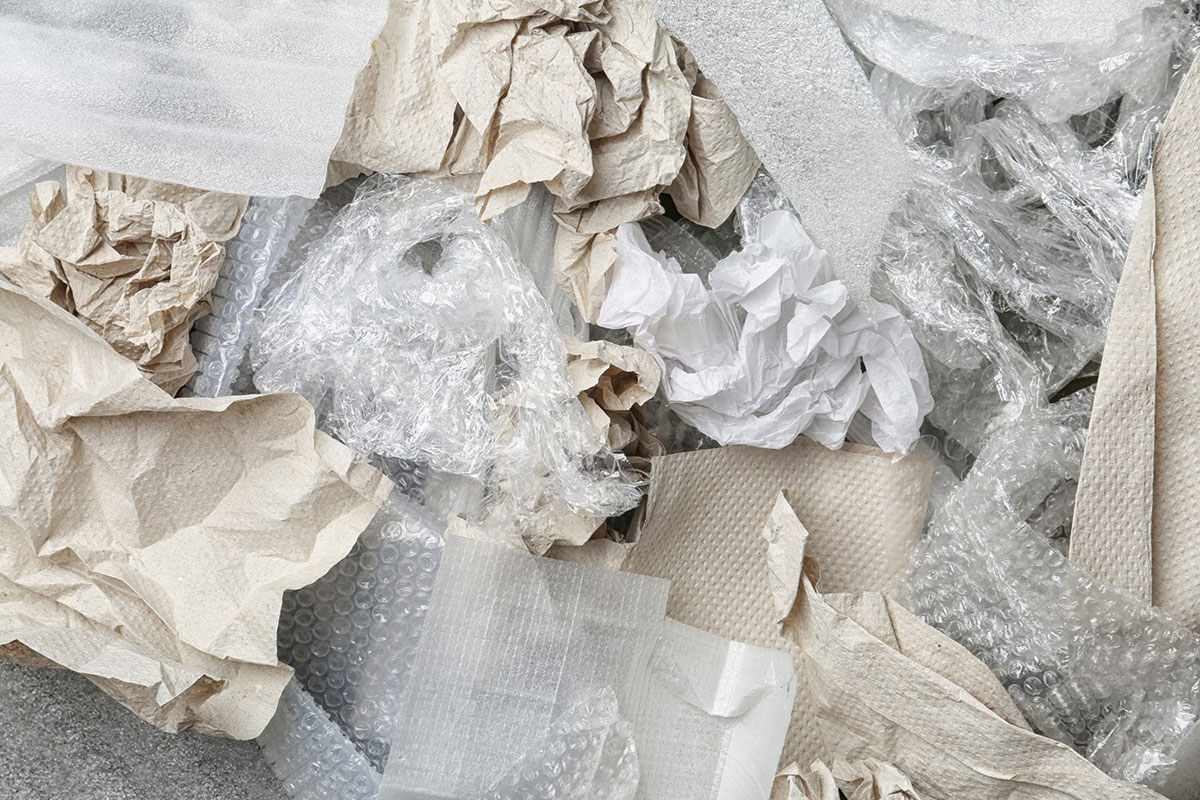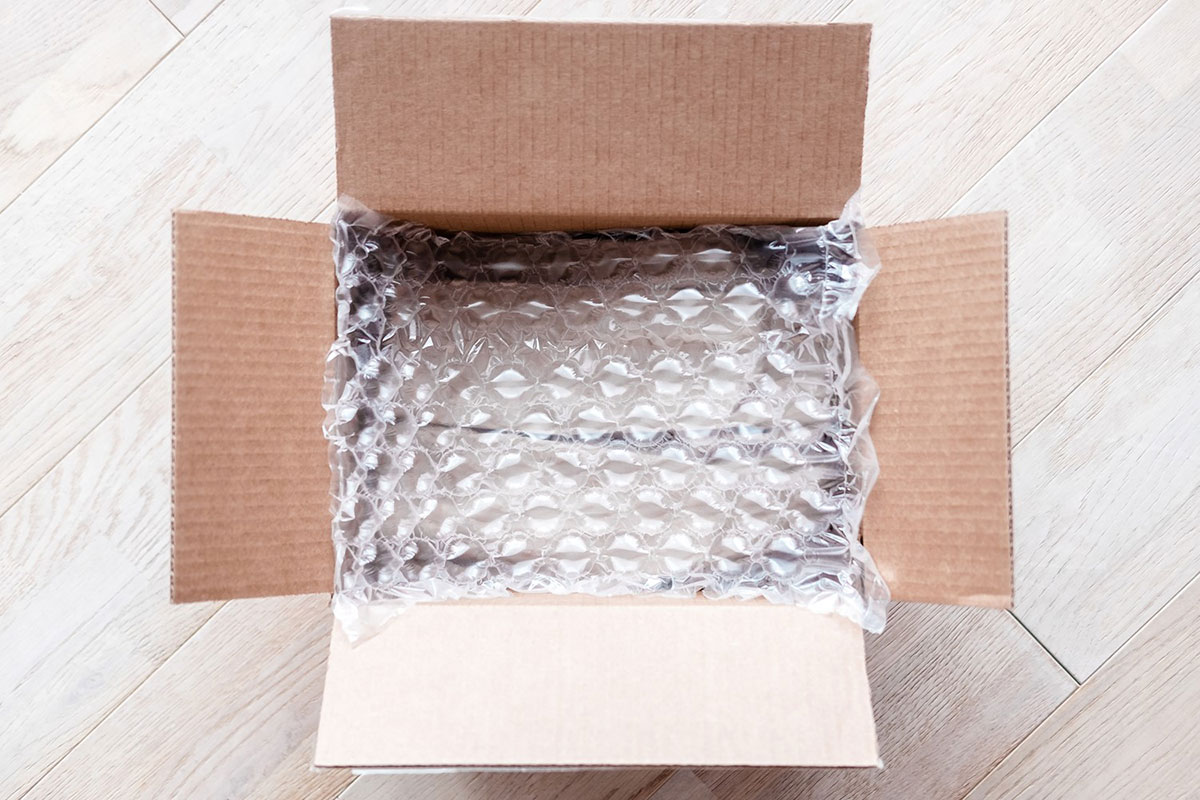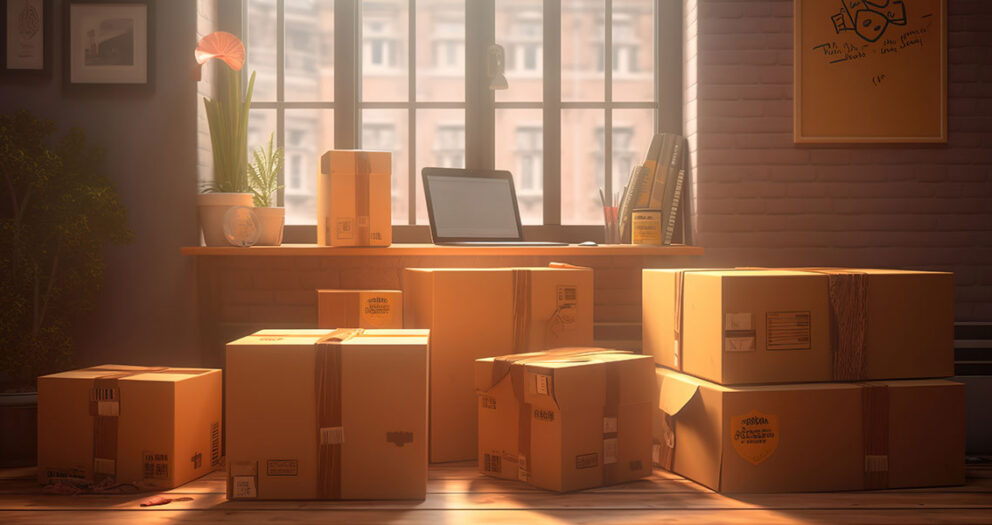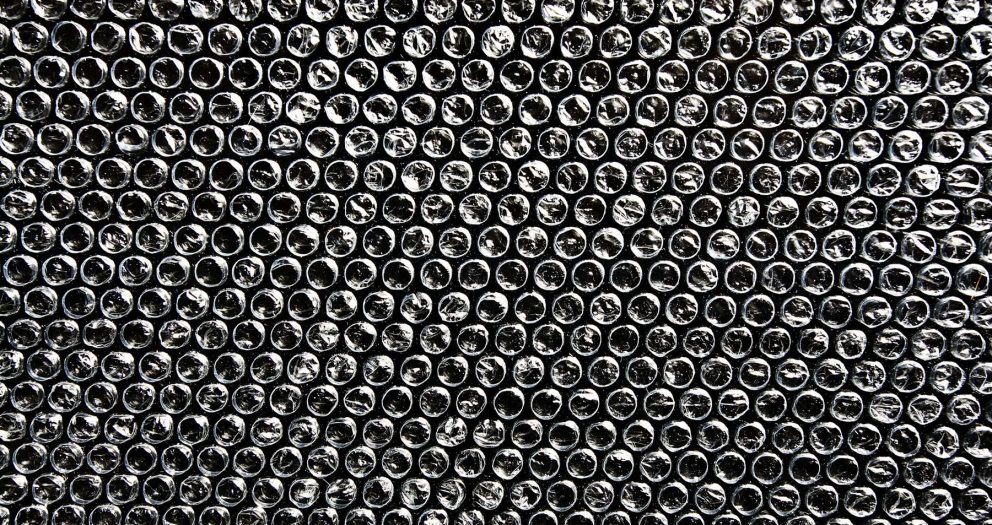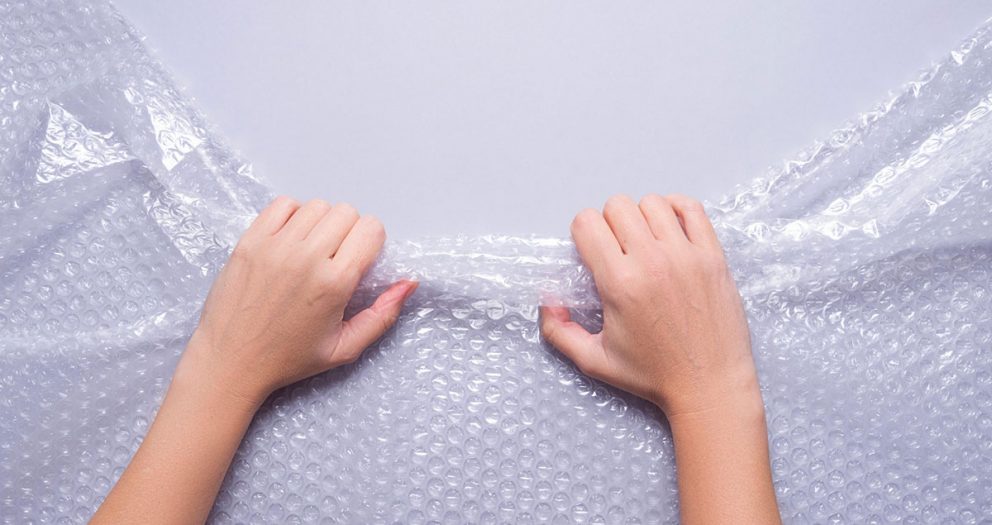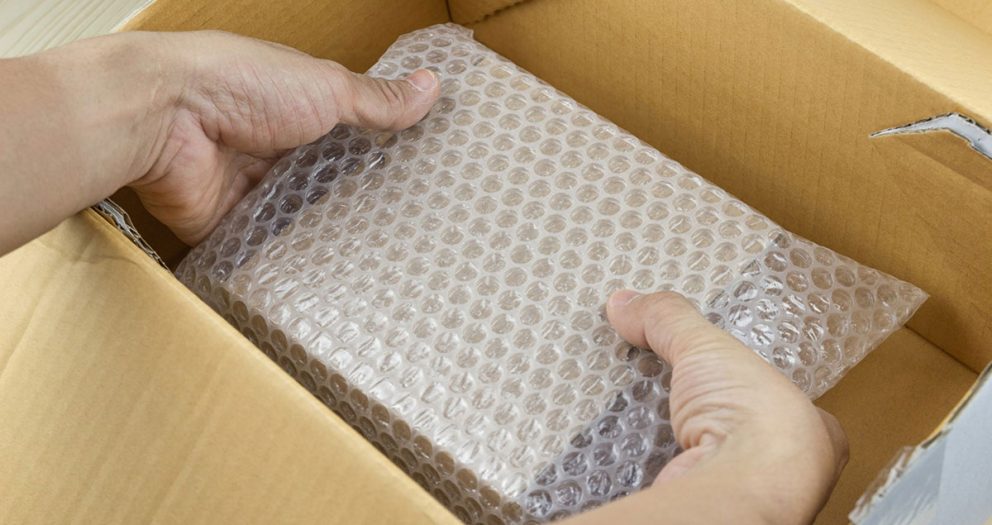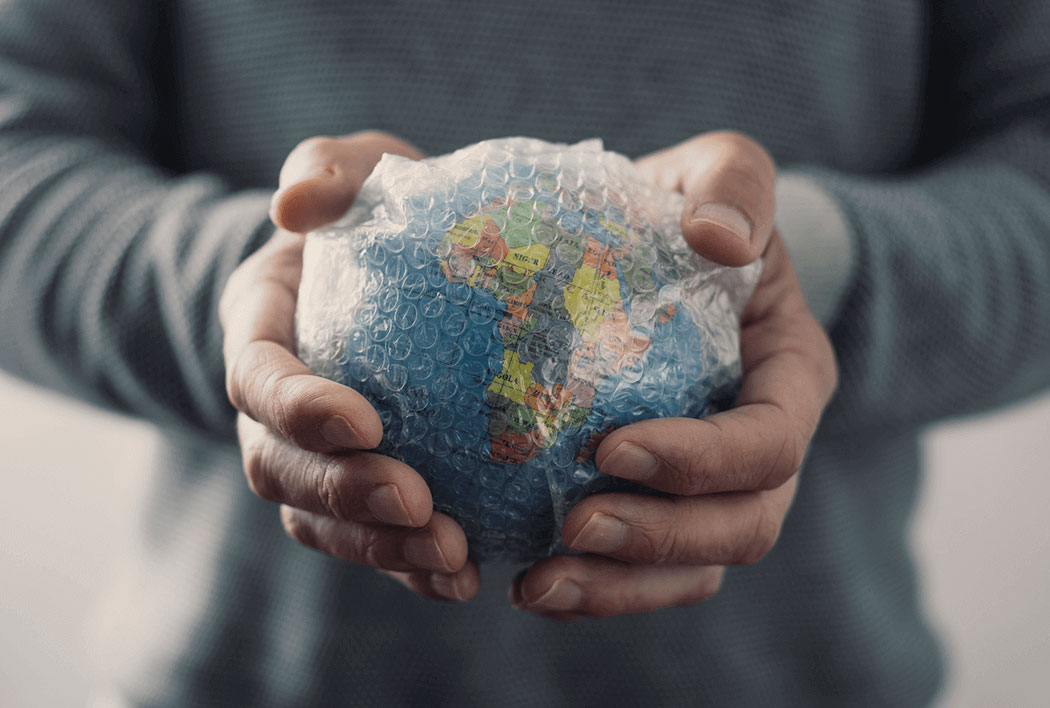Bubble wrap is a convenient packaging tool used primarily in the shipping and storage of fragile products. Because of its increased production and demand, the waste products that come after its usage has raised several concerns among experts. Since it takes a long time to decompose, many people came up with a solution is to make the product recyclable. So, the question that comes to mind is: how do you recycle bubble wraps? And is it worth the effort?
How are bubble wraps made?
Polyethylene is the raw material in the production of bubble wrap. It’s commonly used in shampoo bottles, grocery bags, and toys. It’s combined and formed into a thin layer and flattened to get the optimal thickness before it’s processed through rollers. The small holes of the rollers then vacuum air into the film so that the ‘bubble’ forms. The by-product then becomes the bubble wrap, which can effectively protect fragile products against breakage up to a certain extent.
Does bubble wrap go in the recycling bin?
Yes, they do. Commonly, bubble wraps aren’t accepted at the kerbside, nor are they combined with your other hard plastic recyclables. The latter are classified as RIC (Resin Identification Codes) #1 or #2, which indicate that they’re more rigid plastics made from high-density polyethylene (HDPE) or polyethylene terephthalate (PET). On the other hand, bubble wraps are classified as RIC #4 which means it’s made out of low-density polyethylene (LDPE).
Although this might be the case, they’re recyclable. Bubble wraps generally belong to bread bags, shrink wraps, plastic bags, and soft plastic wrappers, considered materials that contaminate the recycling system. The materials that belong under RIC #4 threaten the equipment and the recyclers since they jam the machines.
What happens typically is that materials belonging to RIC #4 are separated from commonly accepted recyclables. If these plastic films aren’t recycled, they’ll be directly sent to landfills, where they’ll probably decompose in 10 to 1000 years. However, the process of recycling bubble wraps and other #4 plastics is still possible. It’s grouped with other soft plastics, where they go to recycling facilities that handle plastic film.
Can you reuse bubble wrap?
Besides dropping it off at a plastic recycling station that’s usually available in malls, there are other things you can do with your excess bubble wraps. Since the material is lightweight and flexible, most people prefer to reuse them instead of give them away to recycling stations.
Here are some of the ways you can reuse your bubble wraps:
- Use it to add more heat to your home
One of the best ways to reuse your bubble wrap is to add it to your windows. Many greenhouses use bubble wrap during the winter to trap heat inside it. It can be used as an alternative to insulating shades, and it’s a lot cheaper too! It acts as a barrier that blocks warm or cold air from passing through. The extra bubble wraps from your packaging can be pasted directly to your windows to provide you with excess heat throughout the winter.
- It can be used to maintain food temperature
Since the material traps temperatures from both sides, it’s useful as a packaging tool to maintain the temperature of your food. Whether it’s hot or cold, you’ll be able to enjoy it as it is for some time before it changes back to normal room temperature.
- Turn it into a makeshift handle
Because it protects fragile materials, bubble wraps are comfortable to the touch. You can add it to your brooms or crutches as a way of protecting yourself from developing sore palms while gripping.
- Use it as a plant shield
Another way of using the plastic’s insulation capacity is to put it around your outdoor plants. Since it blocks the cold, the material can be a great tool to help protect your plants from frosting in the winter.
- Protect your car from freezing
The windshield and roof of your car freeze if its temperature drops below its freezing point. Sometimes it just takes around 32 degrees Fahrenheit for it to freeze. Most experts claim that the metal and glass can’t retain heat, and the evaporated water cools down to form the frost. To prevent this, you can put the bubble wraps on your car as a protective layer to help trap the remaining heat inside and avoid freezing.
- Turn it into a makeshift sleeping mat
Bubble wraps are primarily made to protect breakable materials, but this doesn’t mean they can’t protect you. When camping, you can use it as a makeshift sleeping mat that’ll save you money, and act as a cushion over the ground.
- Use it as a knee protector
Since they can act as an effective barrier, bubble wraps can be handy when gardening. You can put it in patches onto your knees, and use it as a kneeling pad. That’ll prevent you from getting scrapes or bruises when kneeling on the ground or concrete.
- Put it on the interior of your toolbox
Some tools have sharp edges, which can cause scrapes and scratches on the interior of the toolbox. Bubble wraps can be uses as a coating for the inside of your box to help prevent damage, and it’ll be less noisy while you’re carrying it around.
- Pop it
It’s probably the most popular use of bubble wraps besides the fact that it’s a packaging material. Most people find it pleasing to pop the air bubbles one by one. It’s said to relieve stress and anxiety because of its sound. And the act of popping each bubble creates a slight feeling of accomplishment and satisfaction.
- Get artsy
Many people have innovated how bubble wraps are used, but this may be the most creative one yet. ‘Bubble wrap wall art’ has been a trend for a few years, and if you search the internet, there are many people who can turn their extra materials into beautiful pieces of art. You can get innovative and use it as you wish to create your masterpieces.
The Takeaway
Bubble wraps are beneficial in today’s society. It helps in the transport of various fragile materials and protects them from possible damage. There’s a lot of eco-friendly alternatives to bubble wrap, but because of its convenience, there’ll still be a lot more of the material in your house than you can imagine.
You can often drop them off at your local store with plastic recycling bins, which will deliver them to another facility separate from your daily hard plastics. But it may be a wasted opportunity for you. There’s a lot of things you can do with your bubble wraps, and the possibility is only limited to your creativity.
It’s a very flexible material that can be protective and also an excellent insulator. Overall, it’s best to reuse or recycle plastics to avoid more garbage waste that may cause harm to the ecosystem.

